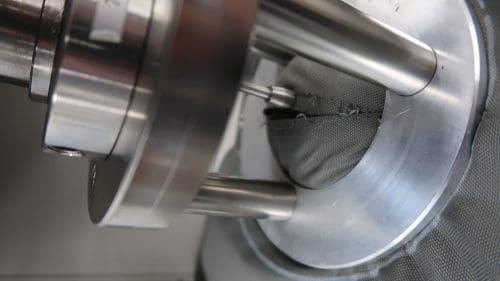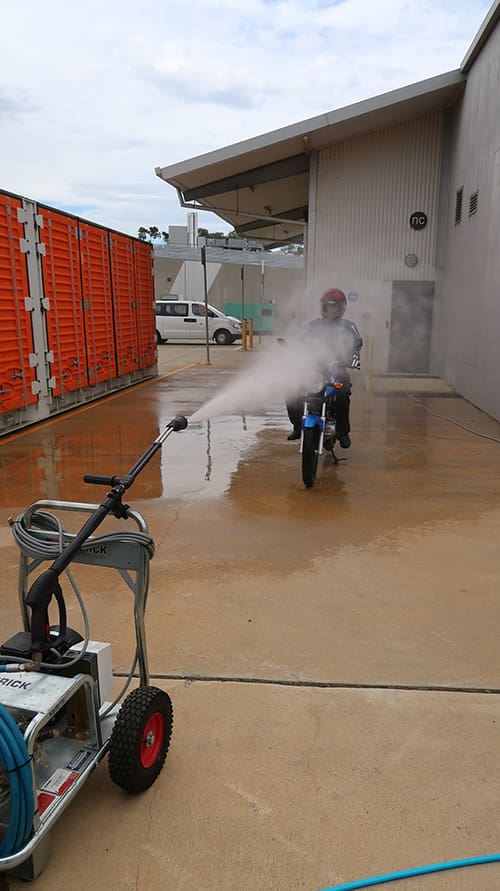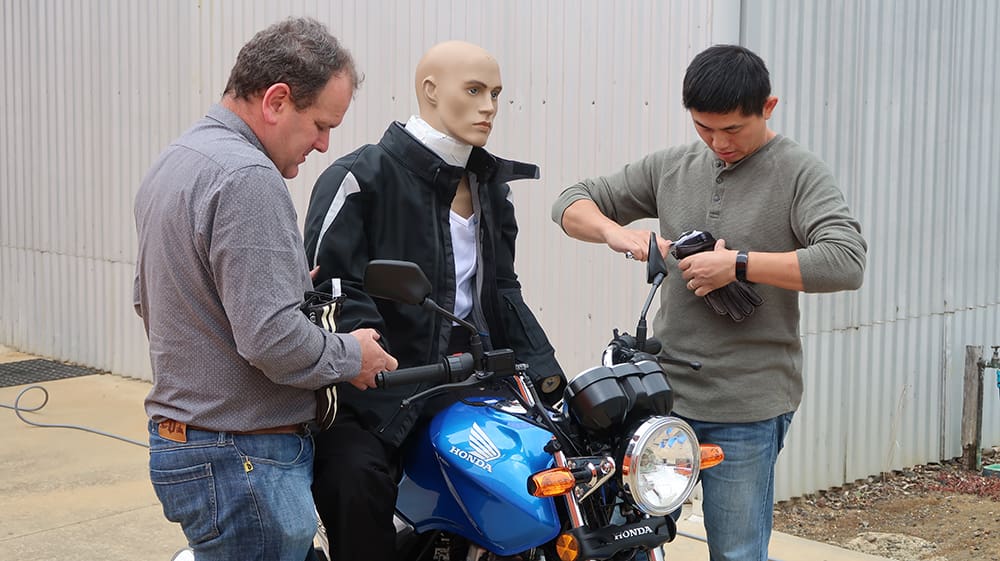MotoCAP (www.motocap.com.au) is a unique Australian/New Zealand program to rate motorcycle rider protective clothing in terms of injury protection and heat management in hot climates and provide independent market information to purchasers.
“Disposable fashion may be expensive, yet lack protective features” said Guy Stanford, Chairman of the Australian Motorcycle Council (AMC). “Clothing manufacturer’s advertising is not always a credible source of what is useful when a crash happens or heat fatigue arises in the Australian summer”.
“We are very pleased with the FIM award, which demonstrates the value of the MotoCAP program worldwide”.
The relative protection of motorcycle clothing was first explored in detail when the Motorcycle Council of NSW sought funding from the Motor Accidents Authority (now SIRA) in 2005 to investigate protective clothing. This initiated research in the area and a report was subsequently published in 2012. The topic was raised again in 2016 when Transport for NSW formed a working group comprising road authorities, insurers and motoring clubs from across Australia & New Zealand and the Australian Motorcycle Council. The program gained momentum and significant funding in 2017, and formally launched as MotoCAP in September 2018.
An Award from the FIM is an outstanding achievement for Australia and New Zealand. The FIM Award presentation is with the 40 world champions from this year in various motorcycle sport disciplines.
“The Motorcycle Clothing Assessment Program (MotoCAP) is the first of its kind, and gives the motorcycle community more information when they are making choices about the clothing they wear when riding,” said Brian Wood, Chair of the AMC Protective Clothing sub-committee.
Key Points:
- MotoCAP gives clothing two separate star ratings – one for protection and one for heat management (“comfort”).
- MotoCAP has involved stakeholders from NSW, Australia and New Zealand working together to develop this world first initiative.
- Motorcyclists are vulnerable road users – improving the effectiveness of protective clothing will help reduce the risk of serious injury or even death.
- European Protective Clothing Standards do not test whole garments – only samples of fabrics, fastenings and stitching














